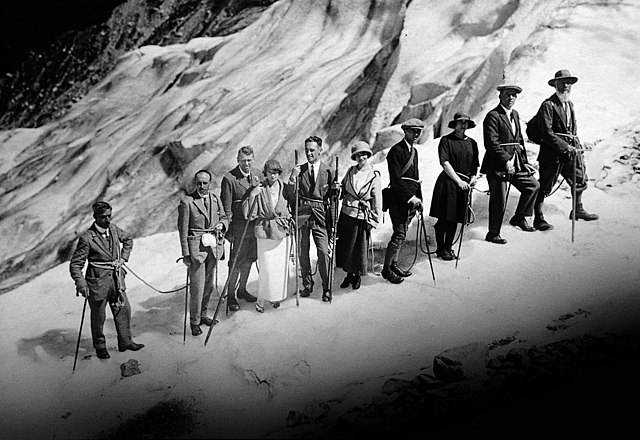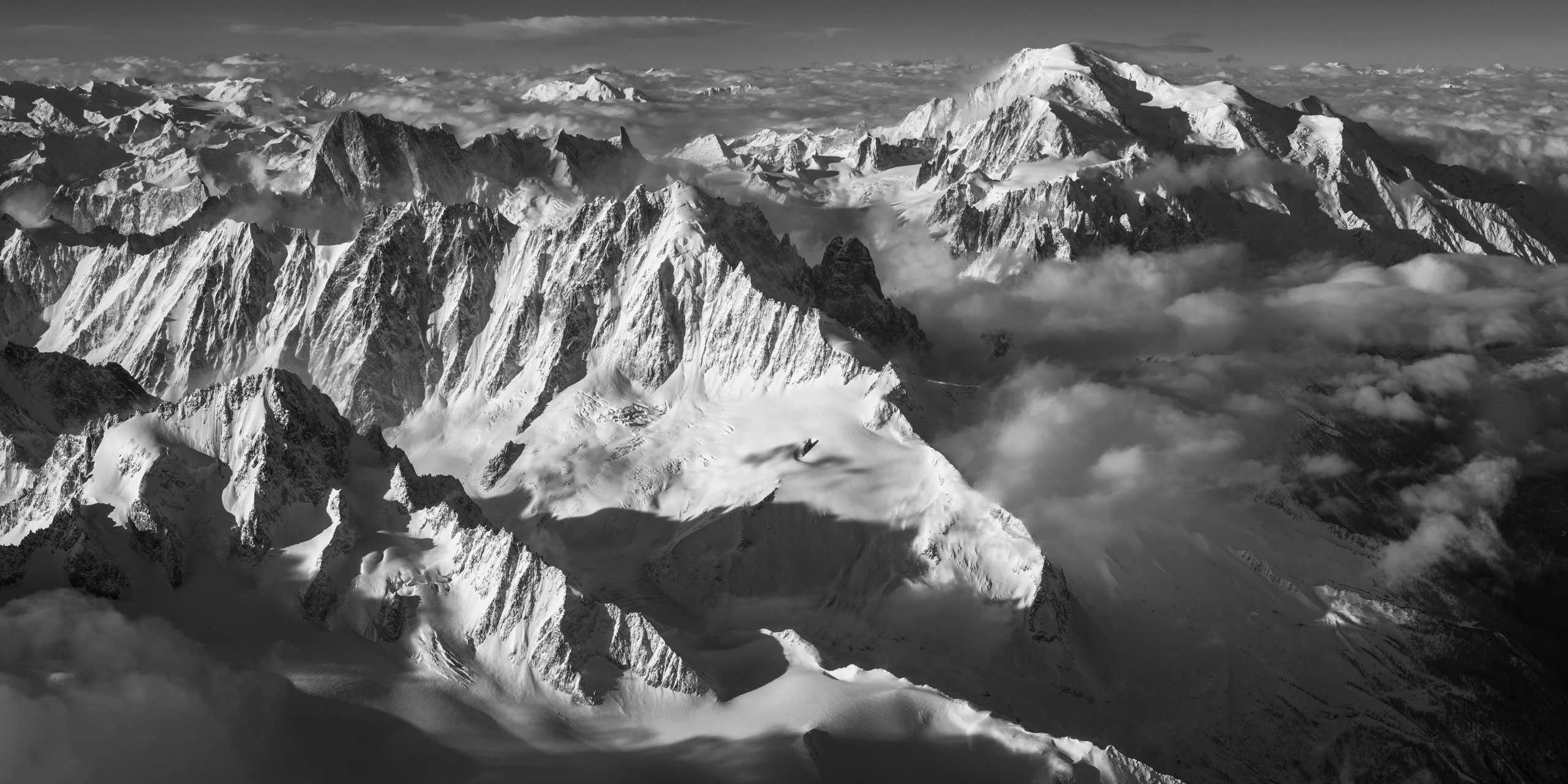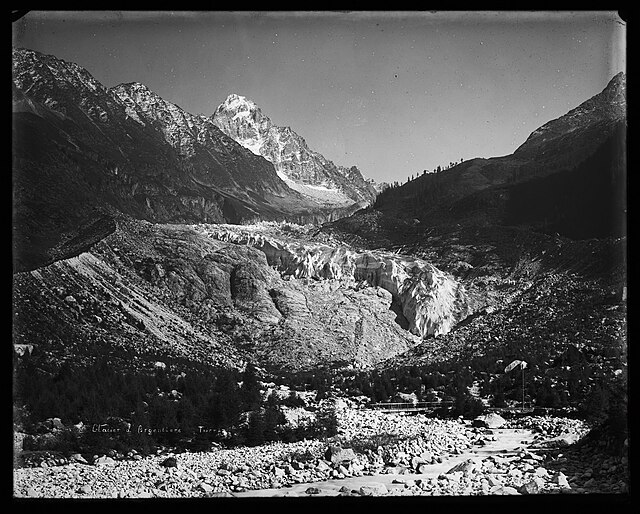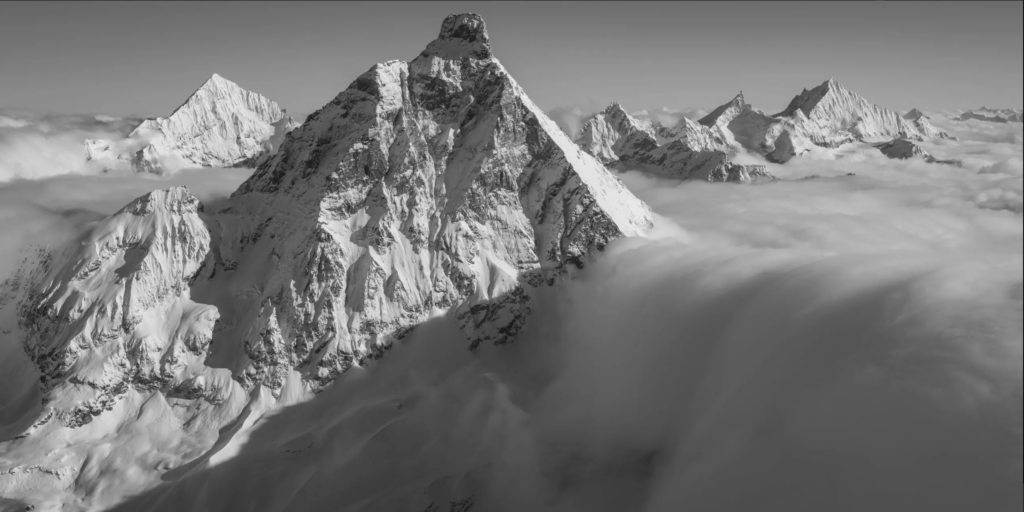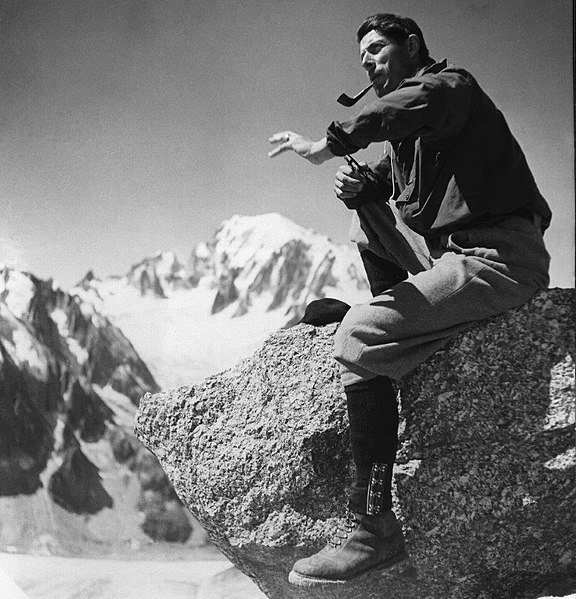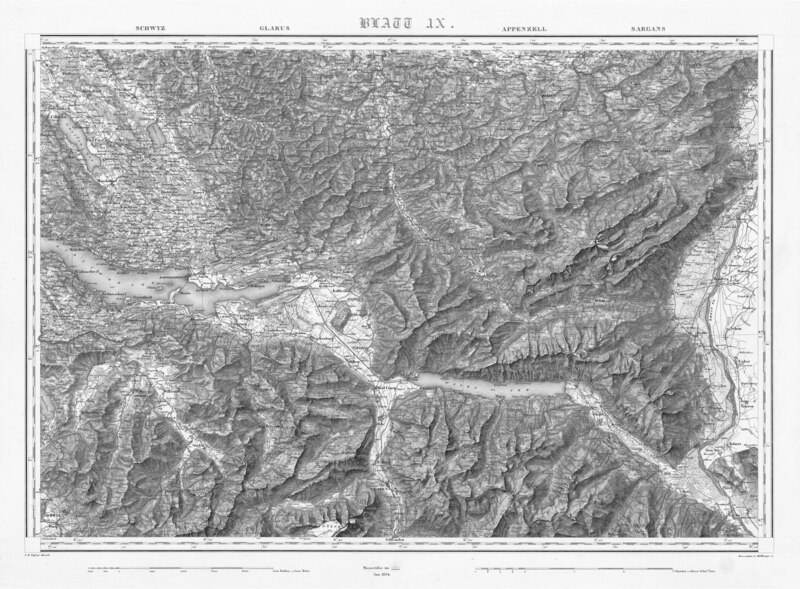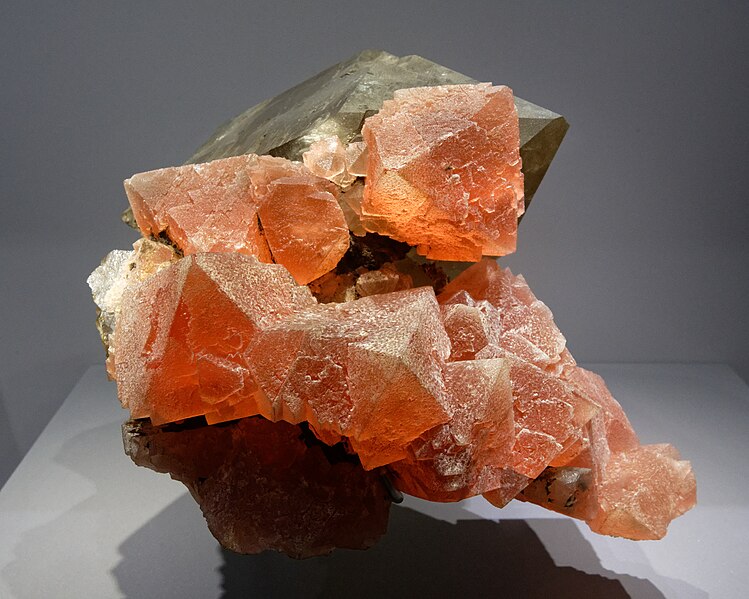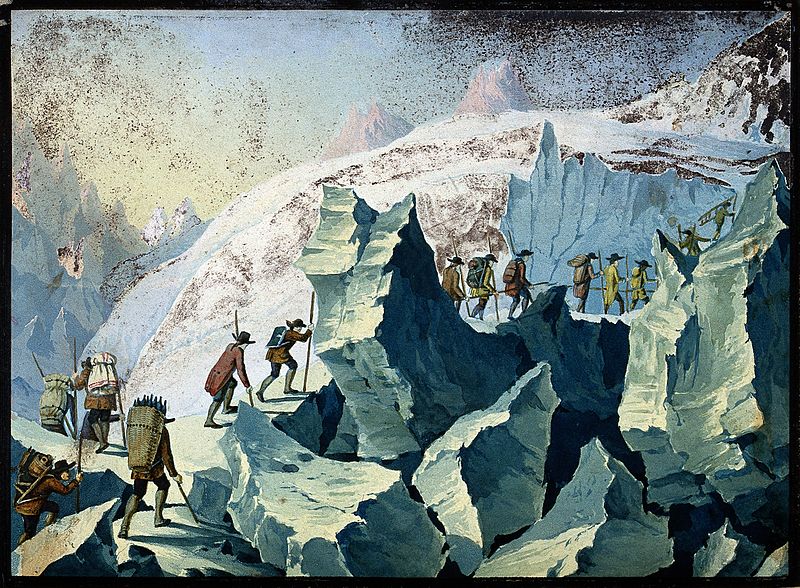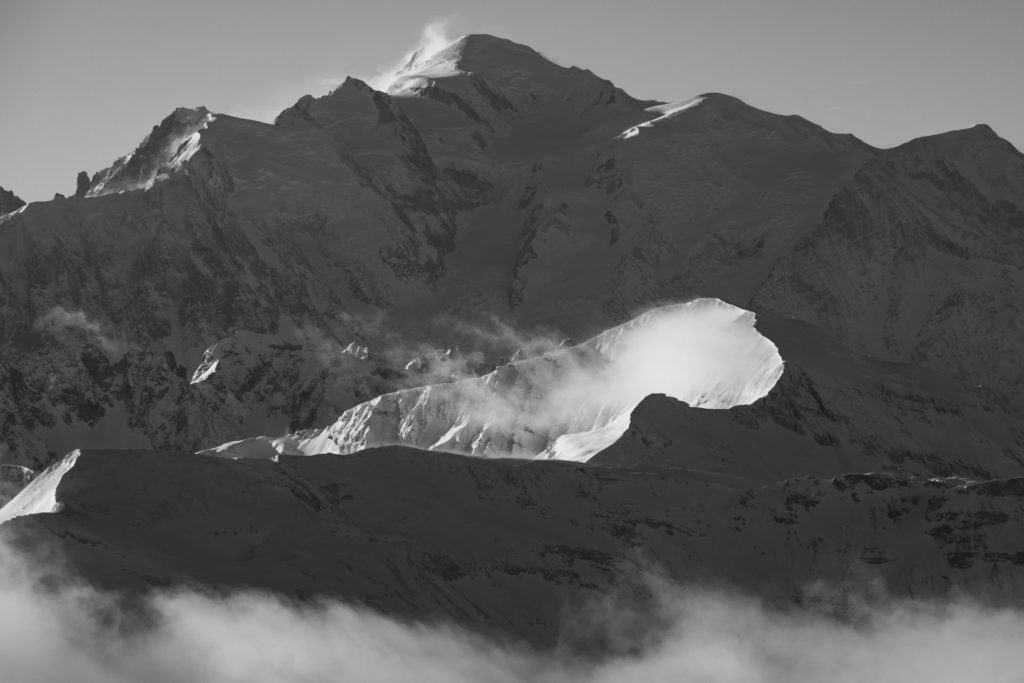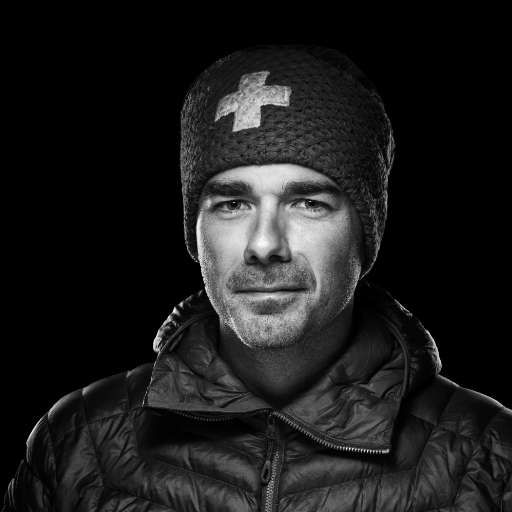In 1942, Roger Frison-Roche shed light on the profession of mountain guide in his famous novel Premier de cordée. The world then discovered the exceptional know-how of these pass-keepers, who until then had remained in the shadow of the highest summits. Here, I tell you the story of the guardians of the Alps, seasoned mountaineering virtuosos.
The guardians of the Alps: Passing through the Alps from Antiquity to the Renaissance
Since ancient times, armies have relied on mountain dwellers to guide them through the intricacies of these hostile places. Crossing the passes is a necessity if you want to survive and win the battle. From Alexander the Great to Hannibal, ancient conquerors regularly praised the daring and courage of the passers-by who led them to victory.
From the Middle Ages and into the Renaissance, the movement of goods and people intensified. Travelers, merchants and pilgrims sought out these local guides throughout the year. Seasonal workers also needed their help to reach the fertile valleys and their farms in spring and autumn. Shepherds, hunters, crystal smiths and others familiar with the high mountains became invaluable allies at a time when transalpine traffic was growing in importance.
In the Alps, these smugglers took the name of "Marrons", meaning in Low Latin "those who go before, who show the way". Over the years, the Marrons gained experience, their equipment evolved and their techniques improved. The missions entrusted to them diversified, and they went beyond the simple task of crossing passes to rescue lost travellers and repatriate the bodies of unfortunates condemned by the mountains. Little by little, the guides went from being simple passers-by to major players in Alpine life. But the know-how of these guardians of the Alps, though incomparable, is still barely recognized.
Guardians of the Alps: Highlighting mountain guides in the 18th century
It wasn't until the 18th century that mountain guiding became a professional activity. At this time, the scientific world was taking a fresh look at the Alps and its massifs. The time had come for major expeditions and the conquest of unexplored summits . Under the spotlight, the mountains attracted adventurers in search of feats of strength. The colossal, untamed Alps opened their paths to ever-growing numbers of mountaineers. These first-time climbers naturally call on the services of sturdy mountaineers, Maroons and guides recruited from the valleys, the only people capable of leading them to summit these gigantic peaks.
It's a chance for the mountain guides who have been earning their living this way for generations to get noticed. Moving out of the family circle, mountain guiding is about to become a profession in its own right. To be an Alpine guardian, you don't yet need a diploma. Recruited locally by co-optation, future guides must combine physical qualities with a good knowledge of the summits mountains to be climbed. They then become porters for the duration of their apprenticeship.
But it was on August 8, 1786, that the destiny of their profession changed. On that day, Michel Paccard achieved the feat of reaching summit for the first time. He owed his success to the presence of his guide, Jacques Balmat. A year later, it was the turn of Horace Bénédict de Saussure, a naturalist considered one of the founding fathers of modern mountaineering, to climb Mont Blanc. By calculating his altitude for the first time, he gave unprecedented visibility to the high mountains and to the guides who had accompanied him on this adventure.
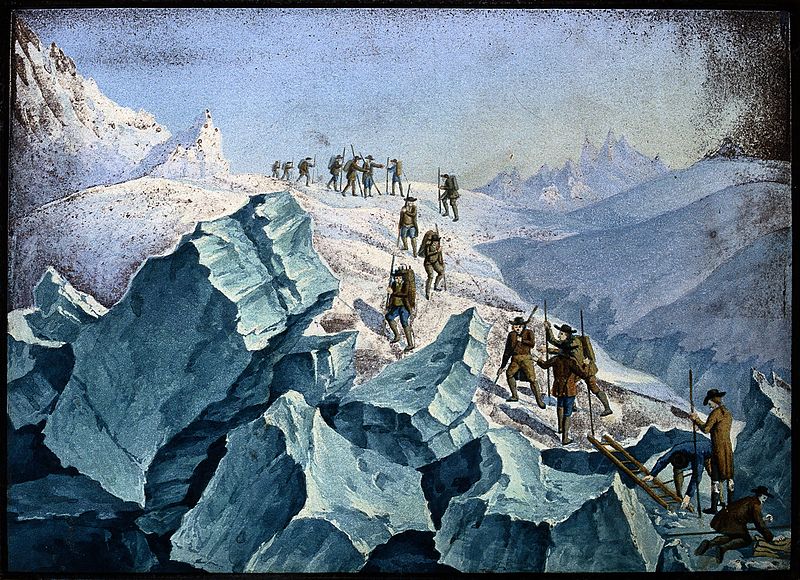
The 19th century in the Alps: Birth of the Compagnie des guides de Chamonix
In the 19th century, visitors flocked to the Alps, drawn by the splendor of the mountains and glaciers of this extraordinary region. Local guides played a central role in the development of the valley economy and the transmission of Alpine culture. But history can be cruel in paving the way. And this time, the mountain guides owe their ascent to the sudden death of three of their number. On August 20, 1820, Auguste Tairraz, Pierre Balmat and Pierre Carrier were swept away by an avalanche while accompanying their clients to summit on Mont Blanc. It was the first fatal accident in history on the slopes of the Roof of Europe.
In the wake of this tragedy, a solidarity fund was set up to help bereaved families get back on their feet. The rule of equitable distribution of work between guides was also introduced. Founded on the principles of equality and solidarity, the Caisse de secours and Tour de rôle were born. Encouraged by this innovative impetus, the Compagnie des Guides de Chamonix was founded in 1821. A new era began in the Alps, driven by their guardians who were more willing than ever. The first guide company in the world, it had 34 members, including the now-famous Jacques Balmat. It was followed by the Société des Guides de Courmayeur, founded in 1850, the Compagnie de Saint-Gervais-les-Bains in 1864, and of course the Société des Guides du Cervin, founded in 1865.

The popularity of the high mountains continued to grow. Many of the Alps' summits were still unexplored, and the race for firsts was in full swing. This golden age of mountaineering saw the consecration of modern heroes, all of whom owed their success to the professionalism and courage of their guides. Among the most famous roped parties, that of Edward Whymper and his guide Michel Croz has become a legend. 1865 was a year of great joy and great pain. After successfully completing the first ascent of Grandes Jorasses and the Matterhorn, Michel Croz died on the descent from this legendary expedition. The story highlights the contradictions of a generous yet implacable mountain that offers man the chance to experience the unforgettable, while demanding the utmost dedication.

The history of mountain guides: in the 20th century, the time of professionalization
The profession of mountain guide is now better supervised. But it is still learned in the field, and apprentices chosen by co-optation continue to work as porters alongside their elders until they are ready to hold the rope. As soon as it was founded in 1874, the French Alpine Club decided to issue guides with certificates attesting to their skills. But it wasn't until 1946 that the Ecole Nationale de Ski et d'Alpinisme (ENSA) was established at Chamonix, providing future guides with genuine professional training. The profession was now open to all. Applicants must pass a probationary examination before being admitted to the ENSA. On completion of their training, they are awarded a state diploma in mountaineering and high mountain guiding.
From families of "passeurs", the guiding profession opened up to all those with a passion for the high mountains, whether or not they came from the Alpine valleys. In 1930, Roger Frison-Roche became the first guide from elsewhere to join the Compagnie des Guides de Chamonix. As practices diversified, so did the clientele. And mountain guides, once mere guardians of the Alps, became ambassadors for the world of heights. Every day, they help to pass on the heritage of an ancient knowledge, the values of a culture. The importance, too, of this precious and fragile ecosystem that extends beyond human borders.
In this respect, France is a model for the world, and many countries are following its example in organizing the mountain guiding profession. Professional guides also ventured beyond the borders of the Alps. In 1950, Louis Lachenal and Maurice Herzog made the first ascent of Annapurna on frame in an expedition that also included Lionel Terray and Gaston Rébuffat. France thus became the first nation to climb summit to an altitude of over 8,000 metres.
Thanks to the boom in winter tourism since the mid-twentieth century, mountain guides have been able to practice their profession all year round. Whether mountaineering or ski touring, ice climbing or canyoning, their activities are becoming increasingly diversified. But as well as contributing to the attractiveness of the Alpine valleys and summits , mountain guides today play an essential role in preserving the Alps and passing on their memory. In the twilight of the eternal snows, the guardians of the Alps have become the guardian angels of these majestic mountains.
